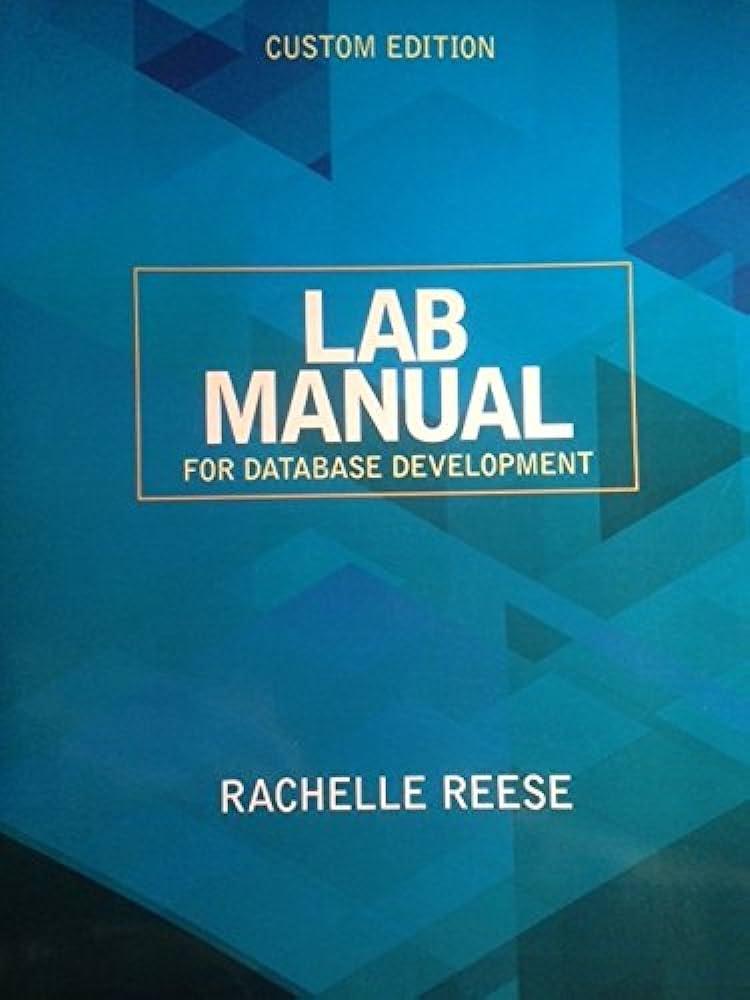Question
Problem1 A. Give one advantage and one disadvantage of circuit--switched networks over packet--switched networks. B. Give three examples of access networks. State their typical speeds
Problem1
A. Give one advantage and one disadvantage of circuit--switched networks over packet--switched networks.
B. Give three examples of access networks. State their typical speeds and whether they provide shared or dedicated access.
C. Give two examples of guided physical media and two examples of unguided physical media, and state their typical speeds.
D. List four factors that contribute to the end--to--end delay in a packet--switched network. Which of these are constant and which of these depend on the load in the network? Explain.
E. Suppose you would like to urgently deliver S=40 terabytes data from Boston to Los Angeles. You have available a C=100Mbps dedicated link for data transfer. Would you prefer to transmit the data via this link or instead use Fedex overnight delivery?
Problem 2:
How long does it take a packet of length 1,000 bytes to propagate over a link of distance 2,500 km, propagation speed 2.5108 m/s, and transmission rate 2 Mbps?
Problem 3:
More generally, given a packet of length L bits, a link of distance d km, propagation speed s m/s and transmission rate R bps, what do you think are the quantities that are most important in determining delay and why? (there is no single correct answer, the intent is to have you think about the why part)
Problem 4:
Consider a packet of length L which begins at end system A and travels over three links to a destination end system. These 3 links are connected by 2 packet switches. Let di, Si, and Ri denote the length, propagation speed, and the transmission rate of link i, for i= 1, 2, 3. The packet switch delays each packet by Dproc.
a. Assuming no queuing delay, and writing your answer in terms of di, Si, Ri and L, what is the total end to end delay for the packet (qualitatively, or symbolically)?
b. Suppose now the packet is 1,500 bytes, the propagation speed on all 3 links is 2.5*108 m/s, the transmission rates on all 3 links are 2 Mbps, the packet switch delay is 3 msec, the length of the first link is 5,000 km, the length of the second link is 4,000 km and the length of the last link is 1,000 km. For these values, what is the end-to-end delay?
Step by Step Solution
There are 3 Steps involved in it
Step: 1

Get Instant Access to Expert-Tailored Solutions
See step-by-step solutions with expert insights and AI powered tools for academic success
Step: 2

Step: 3

Ace Your Homework with AI
Get the answers you need in no time with our AI-driven, step-by-step assistance
Get Started


